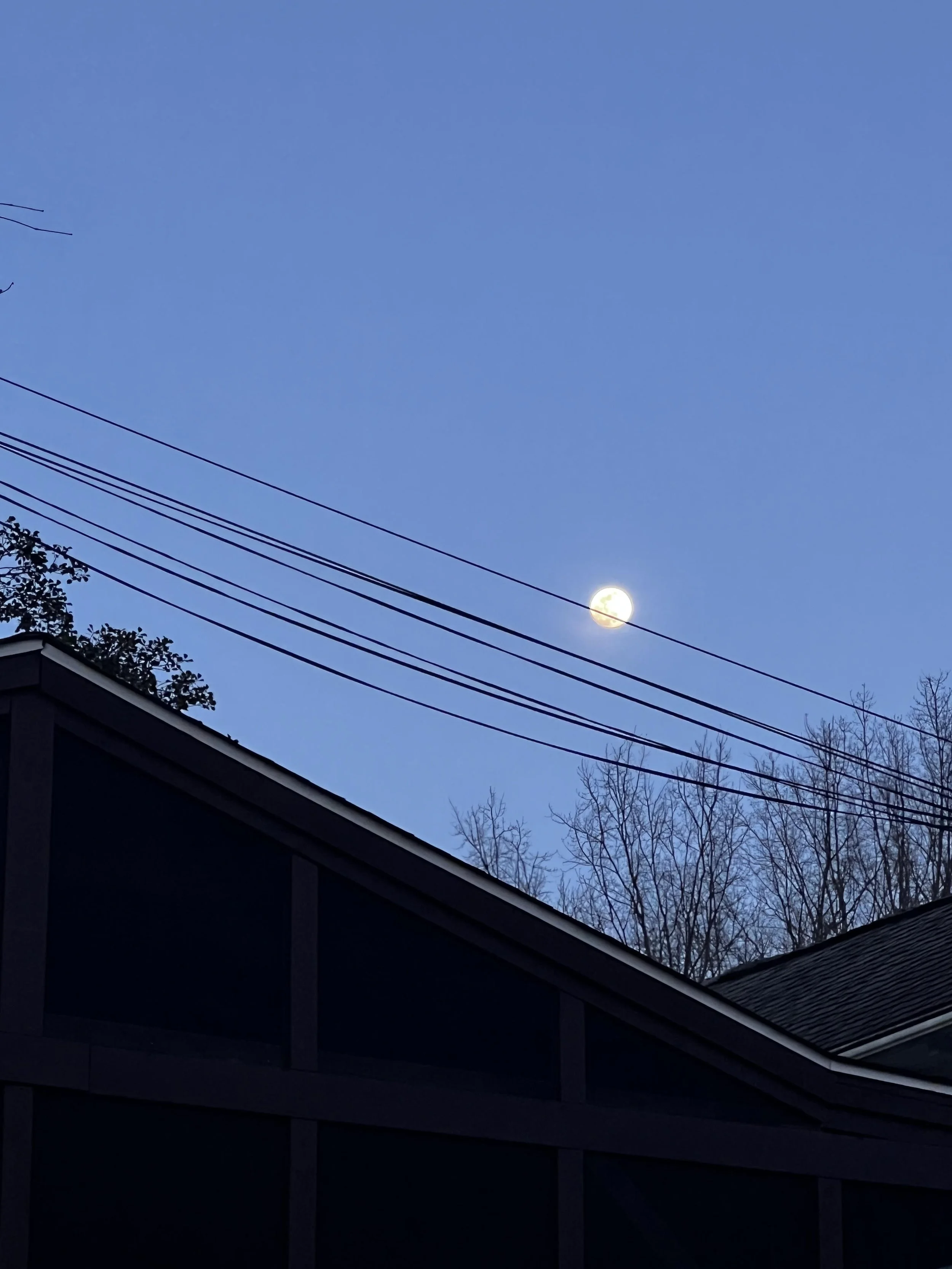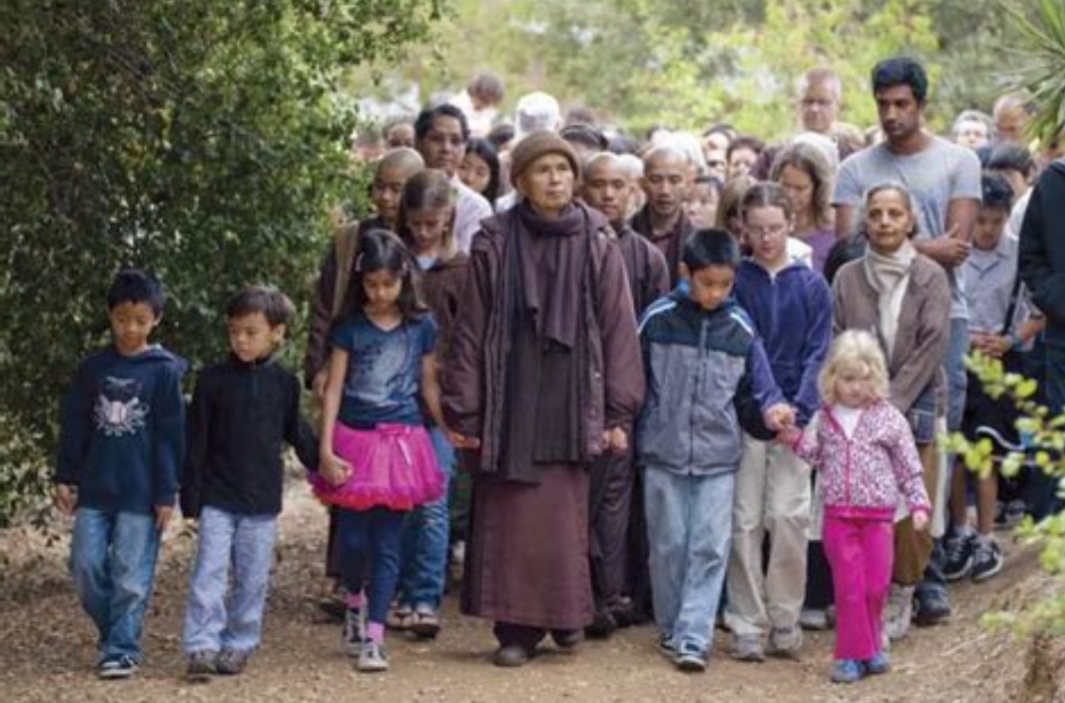Dear Friends,
This Monday is a special week as we will be welcoming monastic dharma teachers to our practice period. We will meet in person at the OHMC meditation space at 3812 Northampton Street NW AND we will offer a hybrid option this week for those who aren’t able to attend in person. Link to register for the online practice in full write up here.
On Monday evening we will welcome either one or two monastic dharma teachers: Sister Hein Nghiem (Sister True Dedication) and possibly Brother Phap Huu.
Our evening will flow as usual with sitting meditation and walking meditation and then we will open the floor to hear from the monastics. If there is time, we will open to dharma questions and sharings from the sangha. The evening will unfold naturally.
Hearing from monastic dharma teachers is a rare and precious opportunity to be in the company of people who have given their lives to the practice and have studied and practiced for many years with Thich Nhat Hanh (Thay). We can learn from their words and from their whole being.

























